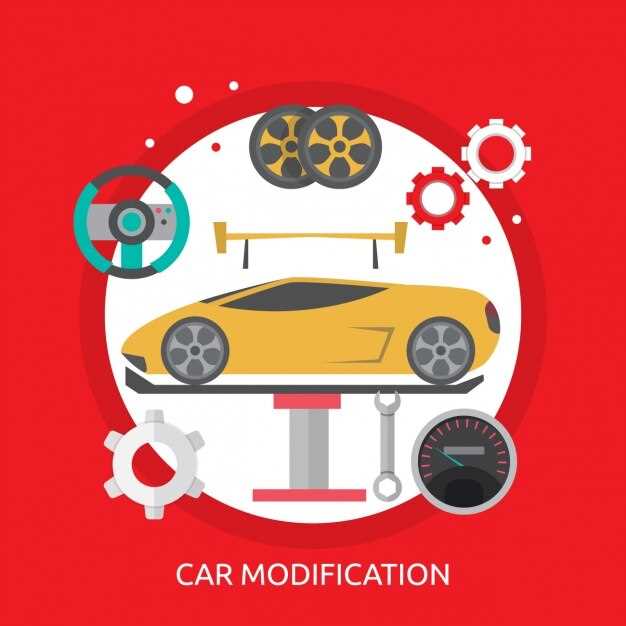
The drivetrain is a critical component of any vehicle, directly influencing its performance, handling, and efficiency. Selecting the right drivetrain layout can significantly affect how power is delivered to the wheels, impacting acceleration, cornering capability, and overall driving experience. This makes it essential for both manufacturers and enthusiasts to understand the various drivetrain configurations available.
Different drivetrain layouts, such as front-wheel drive, rear-wheel drive, all-wheel drive, and four-wheel drive, each come with their own advantages and disadvantages. For instance, front-wheel drive systems are often lauded for their compact design and better fuel efficiency, making them ideal for everyday commuter vehicles. In contrast, rear-wheel drive setups are favored in performance vehicles for their superior weight distribution and handling characteristics.
Moreover, the integration of all-wheel drive technologies has opened up new possibilities for enhancing traction and stability across a wide range of driving conditions. Understanding these differences is pivotal in making informed decisions when it comes to maximizing performance, whether for racing applications or daily driving comfort.
Evaluating the Benefits of Front-Wheel Drive vs. Rear-Wheel Drive

When it comes to drivetrain layout, the choice between front-wheel drive (FWD) and rear-wheel drive (RWD) has significant implications for vehicle performance. Understanding the unique advantages of each layout is crucial for manufacturers and consumers alike.
Front-wheel drive vehicles feature a layout where the engine drives the front wheels. This configuration offers several benefits, including improved traction in adverse weather conditions, such as rain or snow. Since the engine’s weight is located over the front wheels, FWD vehicles often exhibit better stability and control during acceleration. Additionally, FWD layouts generally allow for a more compact design, yielding increased interior space and reduced manufacturing costs.
On the other hand, rear-wheel drive vehicles provide distinct advantages, particularly in performance and handling. RWD layouts distribute weight more evenly between the front and rear axles, enhancing balance during high-speed maneuvers. This configuration is favored in sports cars due to its ability to deliver power efficiently to the rear wheels, resulting in improved acceleration and steering response. Furthermore, RWD vehicles typically allow for a more responsive driving experience, with better cornering dynamics, as the front wheels can focus solely on steering.
Another consideration is the intended use of the vehicle. FWD is often preferred for economy cars and daily drivers due to its practicality and fuel efficiency. Meanwhile, RWD is commonly found in luxury and performance vehicles, where driving dynamics take precedence. Ultimately, the choice between front-wheel drive and rear-wheel drive depends on user preferences, driving conditions, and vehicle purpose.
Understanding All-Wheel Drive Configurations for Different Terrain
All-wheel drive (AWD) systems are designed to enhance vehicle traction and stability across various terrains. The layout of AWD configurations can significantly impact performance, making it crucial to choose the right system for specific environmental conditions.
There are primarily two types of all-wheel drive layouts: full-time AWD and part-time AWD. Full-time AWD systems provide power to all four wheels continuously and usually incorporate a center differential to allow for differences in wheel speed during turns. This layout offers superior traction on slippery surfaces, such as snow or mud, making it ideal for winter driving or off-road adventures.
Part-time AWD systems, on the other hand, typically operate in two-wheel drive under normal conditions and can be manually or automatically engaged to activate all four wheels when needed. This layout provides the advantage of improved fuel efficiency during regular driving while still offering enhanced capability when navigating rough terrain or challenging weather. However, it may not perform as well in constant slippery conditions compared to full-time systems.
Terrain types also dictate the optimal AWD configuration. For example, rocky or uneven surfaces benefit from systems equipped with locking differentials that provide equal power to the wheels, helping to prevent wheel slip. In contrast, for sandy or loose surfaces, a layout with variable torque distribution improves traction by automatically adjusting power between the front and rear wheels based on grip levels.
Understanding these configurations enhances the decision-making process when selecting a vehicle for specific driving needs. Whether traversing a mountain trail or navigating through urban environments, the right AWD layout ensures that drivers maintain control and optimize performance in diverse terrains.
Assesing the Impact of Drivetrain Layout on Vehicle Weight Distribution

The drivetrain layout plays a crucial role in determining a vehicle’s weight distribution, which directly impacts its handling, stability, and overall performance. Different configurations, such as front-wheel drive, rear-wheel drive, all-wheel drive, and mid-engine layouts, can result in varying weight distributions that affect the dynamic behavior of the vehicle.
In front-wheel drive vehicles, the engine and transmission placed over the front axle lead to a significant increase in weight over the front wheels. While this can enhance traction during acceleration, it may also lead to understeer, particularly in high-speed corners. The resulting front-heavy weight distribution can hinder the vehicle’s ability to pivot effectively, making it less agile in certain driving conditions.
Conversely, rear-wheel drive configurations feature the drivetrain mounted towards the back, shifting weight away from the front. This can improve balance and create a more neutral handling characteristic. With weight distributed more evenly between the front and rear, vehicles can achieve better cornering performance, allowing for sharper turns and improved steering feedback.
All-wheel drive setups provide enhanced traction on various surfaces by distributing power to both the front and rear axles. However, the distribution of weight in all-wheel drive systems can vary widely based on design. Manufacturers often aim for a near 50/50 weight distribution, but this can be challenging to achieve. The impact on vehicle dynamics must be carefully assessed, as an uneven weight split can lead to tendencies towards understeer or oversteer.
Mid-engine layouts present a unique scenario by placing the engine near the center of the vehicle. This configuration allows for optimal weight distribution, resulting in a balanced dynamic response and heightened agility. Such layouts are commonly found in sports cars, where precise handling and performance are paramount.
Ultimately, assessing the impact of drivetrain layout on vehicle weight distribution is essential for optimizing performance. A well-designed drivetrain can significantly enhance a vehicle’s characteristics, leading to improved handling, stability, and driver confidence. Manufacturers must meticulously consider these factors during the development process to achieve the desired driving experience.



